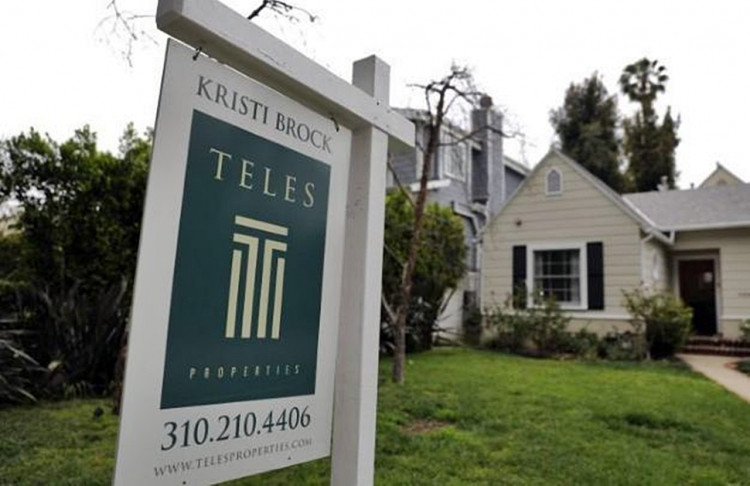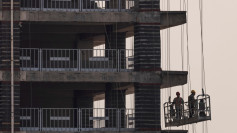California's unprecedented success in creating hundreds of thousands of new jobs is worsening an already acute and chronic housing crisis while hurling more people into poverty and boosting the ranks of the homeless.
It also threatens to subdue job growth because not enough housing can be built to accommodate the large influx of out-of-state employees.
The state's housing shortage has been around since the 1970s, thanks to the tech boom in Silicon Valley that began in the 1960s. The current housing shortage has been estimated at 3 to 4 million housing units, or some 20% to 30% of California's current housing stock of 14 million.
San Francisco Bay area cities added 400,000 new jobs but only issued 60,000 permits for new housing units from 2012 to 2017. One of the results of this huge imbalance between supply and demand is that California now has the 49th lowest ratio of housing units per resident in the United States.
The worst result is sky high real estate prices. Median home prices now stand at $1.3 million in San Francisco and $1 million in San Jose, for example.
Worse, the housing crisis has exacerbated old social ills. Homelessness per capita is now the third highest in the U.S. while less than a third of Californians can afford a median-priced home. More shamefully, California's has the country's highest level of poverty.
The housing crisis is also damaging the state's high-growth economy as employers now have to contend with an increasing shortage of skilled workers.
This shortage is especially acute in coastal areas where the housing squeeze is the tightest. This supply dearth is worsened by stiff local resistance to housing construction. Several California counties such as Ventura County and a number of cities have adopted Save Open Space and Agricultural Resources (SOAR) restrictions that make it almost impossible to build housing on agricultural land.
SOAR is the most extreme form of local "not-in-my-backyard (NIMBY)" policies, which have become the major impediments to expanding housing construction needed to keep up with population growth and begin reducing a shortage that now totals several million homes.
State officials estimate that California needs to build 180,000 new units of housing every year. Housing has topped 100,000 in recent years, but that's far short of the demand. Worse, the wildfires that devastated communities in Ventura County and other regions are adding to the housing squeeze.






